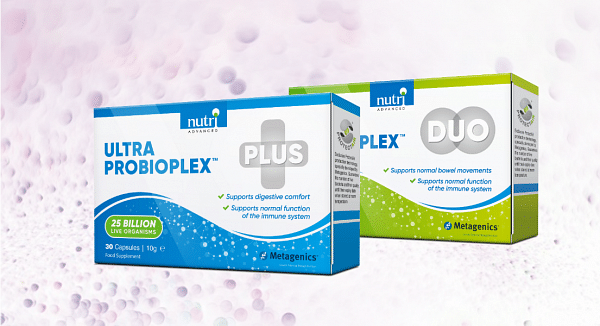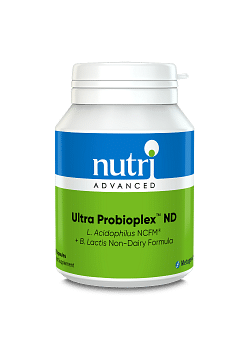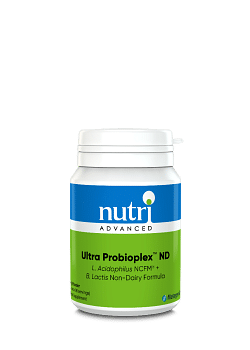Why You Can't Make Yoghurt Out of Our Probiotics
Why you can trust Nutri Advanced Every article on our site is researched thoroughly by our team of highly qualified nutritionists. Find out more about our editorial process.
It’s a question we’ve been asked quite a bit recently so we thought we’d share the answer with you all. It makes logical sense that you could add a probiotic capsule to milk to make yoghurt but if you’ve ever tried it, you’ll realise that it’s not quite as simple as that! Here’s why:
1. You need specific starter strains
You need specific starter strains to make yoghurt: lactobacillus delbrueckii subsp. Bulgaricus and streptococcus thermophilus neither of which are supplied in our probiotic supplements.
2. Heat & incubate
Once you have the correct starter strains you can make yoghurt at home with a simple recipe. You can buy the starter strains from most health food shops or online. Boil one litre of milk (semi-skimmed or whole milk) then remove it from heat and cool to between 104 degrees and 114 degrees. Use a sterile container to pour the milk into. Add a generous teaspoon—or follow the package instructions—of the yogurt starter. Stir, cover, and incubate at 104 to 110 degrees for six to ten hours. Refrigerate.
It’s much easier to achieve this constant incubation temperature with a yoghurt maker, which regulates the temperature.
3. Enjoy homemade yoghurt for digestive health
Homemade yoghurt is beneficial to digestive health and often tolerated even by those with a lactose intolerance because the friendly bacteria turn the lactose into lactic acid. The benefits to your health are well worth the investment in time.
This website and its content is copyright of Nutri Advanced ©. All rights reserved. See our terms & conditions for more detail.
Nutri Advanced has a thorough research process and for any references included, each source is scrutinised beforehand. We aim to use the highest value source where possible, referencing peer-reviewed journals and official guidelines in the first instance before alternatives. You can learn more about how we ensure our content is accurate at time of publication on our editorial policy.
Most Popular Articles
-
7 Surprising Ways To Support Your Magnesium
If you are displaying signs of a magnesium deficiency, here are 7 ways to boost your magnesium levels that are easy to incorporate into your daily life. -
5 Best Vitamin C Supplements Picked By Our Experts
Learn more about the different types of vitamin C, the different benefits you get from different types, and what you get for spending more on a good supplement. -
Top 5 Vitamins For Energy And Tiredness Picked By Our Experts
The 5 best and most important vitamins for energy & tiredness including B vitamin food sources & best supplement forms for energy. -
Benefits of Myo-Inositol for Polycystic Ovary Syndrome (PCOS)
In this research review article, we take a closer look at a lesser-known natural compound called myo-inositol that has been found to have significant potential to improve many of the prevalent features of PCOS. -
Top 10 Reasons to Give Your Kids Omega-3
Read the top 10 reasons that kids should have plenty of Omega-3- an essential fatty acid- including for depression, brain function, sleep & reading/maths skills.
















